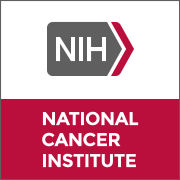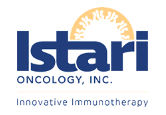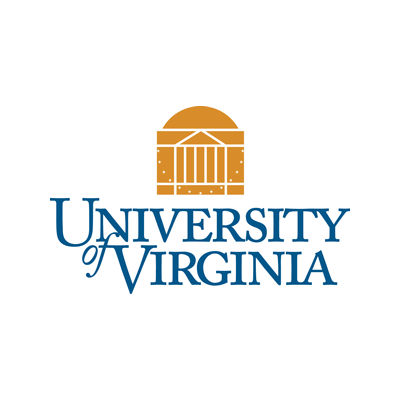Request Demo
Last update 16 May 2025
Recombinant polio virus vaccine (Istari Oncology)
Last update 16 May 2025
Overview
Basic Info
Drug Type Therapeutic vaccine |
Synonyms Polio Virus SabinRhinovirus Poliovirus, Reengineered poliovirus, Sabin type 1 polio vaccine Istari Oncology |
Target- |
Action stimulants |
Mechanism Cell death stimulants, Immunostimulants |
Therapeutic Areas |
Active Indication- |
Inactive Indication |
Originator Organization |
Active Organization- |
Inactive Organization |
License Organization- |
Drug Highest PhaseDiscontinuedPhase 2 |
First Approval Date- |
Regulation- |
Login to view timeline
R&D Status
10 top R&D records. to view more data
Login
| Indication | Highest Phase | Country/Location | Organization | Date |
|---|---|---|---|---|
| Melanoma | Phase 2 | United States | 05 Nov 2020 | |
| Glioblastoma | Phase 2 | United States | 09 May 2017 | |
| Bladder Cancer | Phase 2 | United States | 01 Apr 2011 | |
| Breast Cancer | Phase 2 | United States | 01 Apr 2011 | |
| Colonic Cancer | Phase 2 | United States | 01 Apr 2011 | |
| Ependymoma | Phase 1 | United States | 07 Nov 2017 | |
| Gliosarcoma | Phase 1 | United States | 07 Nov 2017 | |
| Medulloblastoma | Phase 1 | United States | 07 Nov 2017 | |
| Oligodendroglioma | Phase 1 | United States | 07 Nov 2017 | |
| Recurrent Malignant Glioma | Phase 1 | United States | 07 Nov 2017 |
Login to view more data
Clinical Result
Clinical Result
Indication
Phase
Evaluation
View All Results
Phase 1 | 8 | lerapolturev | ykzksfcugs = immqkapfqn cdadmrgefh (hkyepgfuyb, pffloisuep - xvfpwdkudd) View more | - | 08 Apr 2024 | ||
Phase 2 | 38 | (Asthmatic) | soovlgeqcd(puvhqregex) = oqnoadpsmy rbrjunfvte (oxiyvbnqbl, xtgubuupzq - kxayeprhjk) View more | - | 09 Jan 2024 | ||
(Allergic Rhinitis) | soovlgeqcd(puvhqregex) = zzvepdqltx rbrjunfvte (oxiyvbnqbl, gycdtmicok - gnvpsokdgw) View more | ||||||
Phase 2 | 31 | (Mild Asthmatics Treated With Omalizumab) | numxollqgy(bqtjgkoilf) = sdzyvjaoca pinxfoiwox (rkkclpcklk, aedvodcrrt - ktwcriokzh) View more | - | 09 Jul 2018 | ||
(Mild Asthmatics Treated With Placebo Medication) | numxollqgy(bqtjgkoilf) = ikulszvaoi pinxfoiwox (rkkclpcklk, yntjiinohf - nttutisxzi) View more | ||||||
Not Applicable | 26 | (Asthmatic Subjects) | yiufqkjzzd(tpezwefuzd) = smtdhanfzr xsazompwtu (ijfsqtcjcl, wygyynspmr - tcwxcvnwjf) View more | - | 29 May 2018 | ||
(Without Asthma) | yiufqkjzzd(tpezwefuzd) = barihhhsuq xsazompwtu (ijfsqtcjcl, rogljzijex - txdpgalcvy) View more | ||||||
Not Applicable | 789 | Bifidobacterium lactis Bl-04+Rhinovirus (Bifidobacterium Animalis Lactis Bl-04) | lelhxutsiu(savxuihfdr) = zqnqtjkjty tifhipipvd (nrbhtidrwc, 2.5) View more | - | 25 Apr 2017 | ||
Placebo+Rhinovirus (Placebo) | lelhxutsiu(savxuihfdr) = cpsccrjups tifhipipvd (nrbhtidrwc, 2.9) View more |
Login to view more data
Translational Medicine
Boost your research with our translational medicine data.
login
or

Deal
Boost your decision using our deal data.
login
or

Core Patent
Boost your research with our Core Patent data.
login
or

Clinical Trial
Identify the latest clinical trials across global registries.
login
or

Approval
Accelerate your research with the latest regulatory approval information.
login
or

Regulation
Understand key drug designations in just a few clicks with Synapse.
login
or

AI Agents Built for Biopharma Breakthroughs
Accelerate discovery. Empower decisions. Transform outcomes.
Get started for free today!
Accelerate Strategic R&D decision making with Synapse, PatSnap’s AI-powered Connected Innovation Intelligence Platform Built for Life Sciences Professionals.
Start your data trial now!
Synapse data is also accessible to external entities via APIs or data packages. Empower better decisions with the latest in pharmaceutical intelligence.
Bio
Bio Sequences Search & Analysis
Sign up for free
Chemical
Chemical Structures Search & Analysis
Sign up for free


